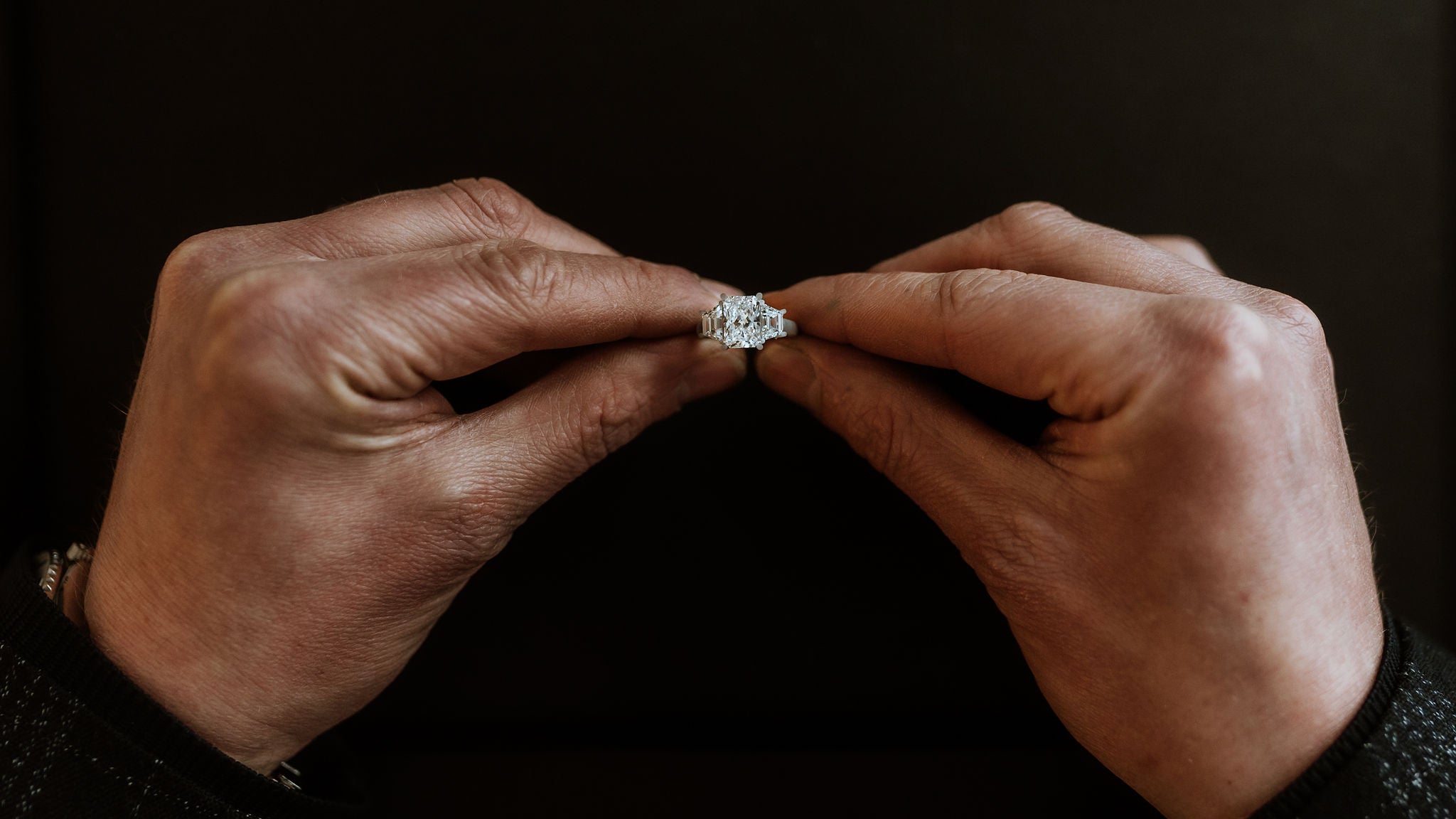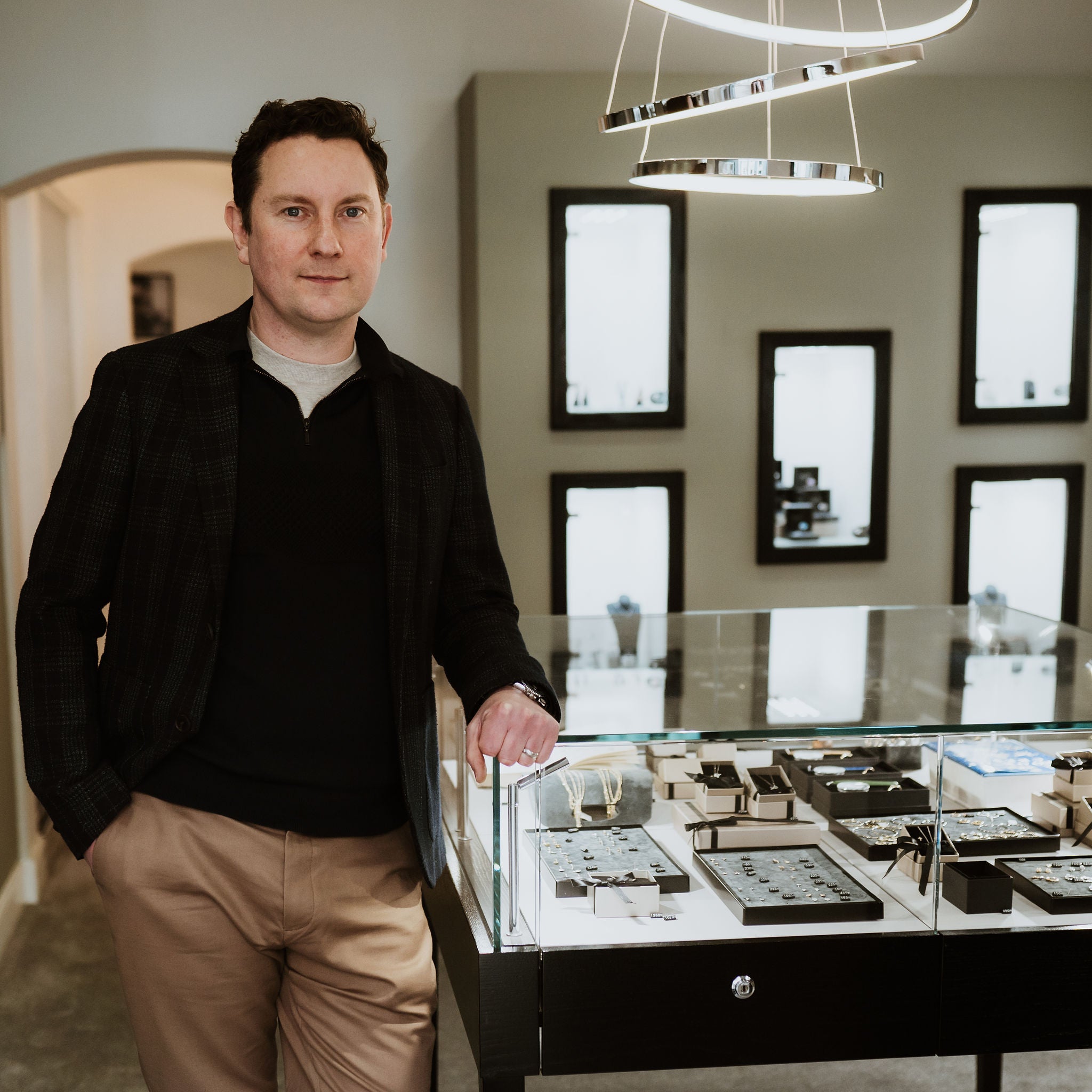 If you have had an item of jewellery for a few years, it may look nothing like as good as it once did. It might have been bent out of shape a bit, scratched, tarnished, or, worst of all, have lost a gemstone from it.
If you have had an item of jewellery for a few years, it may look nothing like as good as it once did. It might have been bent out of shape a bit, scratched, tarnished, or, worst of all, have lost a gemstone from it.
This may leave some asking whether it is so badly damaged that the only thing to do is to get a jewellery restoration expert to work on it, or whether sufficient repairs can be achieved by some homespun methods.
Quite simply, the answer to the question is almost always yes to the first option and no to the second.
This is important to note for various reasons, not least because there are many popular myths out there that you can fix jewellery using simple, homespun methods without negative consequences.
Tarnishing And Toothpaste
For instance, there is the issue of tarnishing with certain metals. Gold and platinum don’t tarnish or rust. However, silver, brass and copper do.
A recent article in Good Housekeeping advocated using toothpaste to clean silver jewellery, with the writer declaring: “Thanks to its mild abrasiveness and detergent properties, toothpaste can gently lift away tarnish and grime without wrecking your jewellery.”
That sounds great, but even that article advocating treating your rings as if they were your teeth contained a warning, stating that for “heirlooms or high-end jewellery”, toothpaste is not the thing and you should bring in the experts. Moreover, she acknowledged, the abrasive nature of toothpaste can damage sterling silver or highly polished silver.
Reading between the lines, what this is in effect saying is that toothpaste is just the thing for cheap jewellery and not for the valuable stuff.
The Truth About The Toothpaste Trick
The Connoisseurs UK website offers a rather more straightforward and altogether wiser verdict on the toothpaste myth: Just don’t do it.
It notes: “Toothpaste is abrasive and has a hardness of around 3/4 on the Mohs Scale of Hardness. Metals such as gold and silver are softer.”
Not only does this mean that your jewellery is prone to being scratched by toothpaste, but chemicals used in flavouring it can corrode metal as well.
When it comes to gems, the Good Housekeeping article did note that toothpaste should not be used on softer, porous stones like opals, pearls and turquoise. However, Connoisseurs UK went further and said toothpaste should not be used on any gems “unless you are cleaning a loose diamond”.
In short, you should no more use toothpaste to clean your jewellery than you would use silver polish to brush your teeth with. You should treat this jewellery ‘hack’ the way you should treat the ‘life hacks’ that are supposed to whiten your teeth (just ask your dentist for the truth about those).
Home Repair Limitations
When it comes to other kinds of damage, the kind of things people can reasonably do at home are very limited.
Spruce Crafts, for example, offers some DIY tips for repairs people can do at home. However, these are very limited and do not involve carefully crafted materials, precious metals or gemstones. There is a world of difference between replacing an elastic bracelet and the ear wires on earrings and reshaping a bent or squashed gold ring.
Indeed, even that article may be pushing things a bit far by advising people on how to resize a ring. Even if you have the equipment, this is a matter of precise judgement and the only safe and reliable way to do this is to have a professional carry out the measurements to be sure the re-sizing will be accurate.
Deep Scratches Are Beyond Home Help
There are also instances when the level of damage is beyond what can be fully repaired at home. For example, if you have a scratched item of gold jewellery, buffing with a polished cloth can help remove a very light scratch. However, it won’t be enough to deal with a deeper scratch. That will require expert use of specialist equipment.
If you have paid good money for an item of fine jewellery, whether it is the most precious items of all (like a wedding or engagement ring) or just a very pleasant thing to wear at parties, you can get far more value out of it in the long run if you avoid cheap, homespun ‘solutions’ to clean or repair it.
It’s a false economy to try such a thing and you could end up with damage that will be much harder to repair. The consequence could be that you end up coming to the experts looking for a solution to damage that is far worse than it was before you tried a DIY method of fixing the problem.





